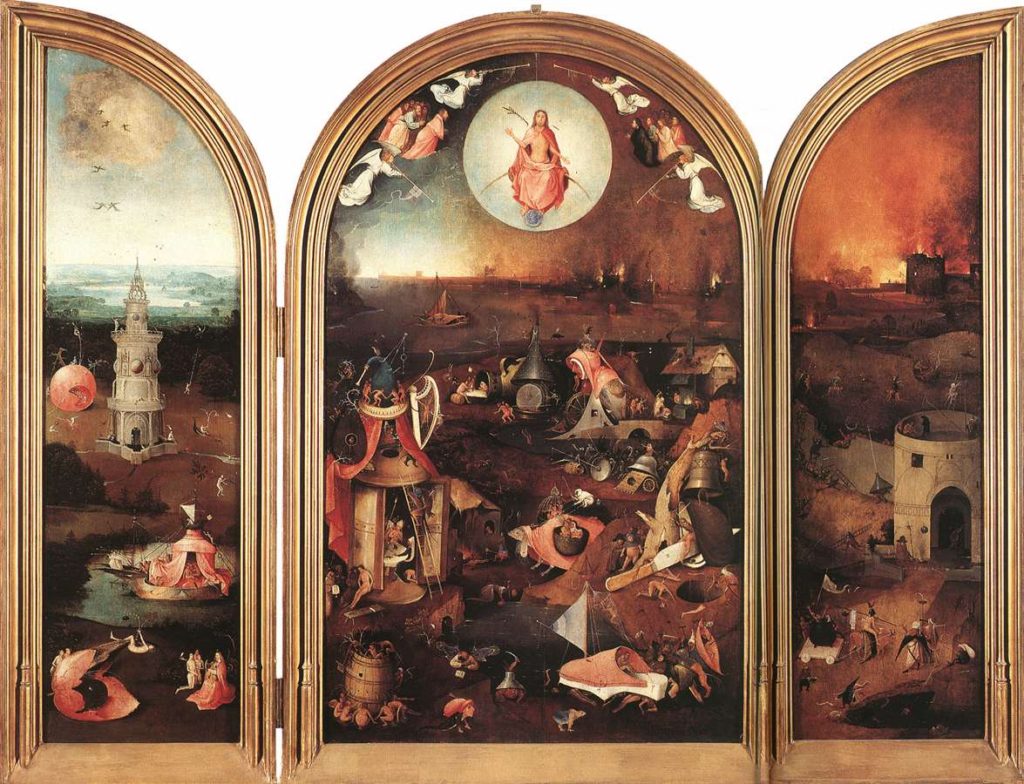 I’m not much given to visions or the dreaming of visions, but I did have this dream some time ago.
I’m not much given to visions or the dreaming of visions, but I did have this dream some time ago.
In my teens I enjoyed dabbling with electronics. I would take radios and TVs apart either to fix them or see how they worked.
I had fixed a wireless and left it outside its cabinet at the side of my bed. Plugged in. The mains supply in the UK is 240V, much more robust than the anaemic North American 120V. Upon awakening, I reached down to turn on my masterpiece of renovation only to discover I had unwittingly grasped the 240V input terminal to the power transformer.
I don’t recommend you try this for yourself but, if you do, you will discover that your hand will seem to stick to the point of electrical contact while every muscle in your body spasms and shrieks at you in the utmost agony. Needless to say I survived, in spite of my attempt to invent the ultimate alarm clock. My first activity of the morning was to put the cabinet back on the wireless.
This brings me to the dream. Even though my conscious mind had long forgotten the incident, much as my hand had stuck to the electrical terminal, my unconscious was still grasping, or in the grasp of my adolescent electrocution. 60 years later I dreamt about it. There was one thing different in the dream version, though: I heard a voice say “you have one more second of conscious life left to you, then your self-awareness will be obliterated for ever.” I awoke in a panic.
Even though it was a dream, the idea of annihilation filled me with the utmost terror, more so than any of the other options – even judgement and condemnation. Perhaps I feel this way because I am an unrepentant egotist unwilling to let go of my inner dross. Or perhaps annihilationism isn’t as kind an option as some might like to think.

